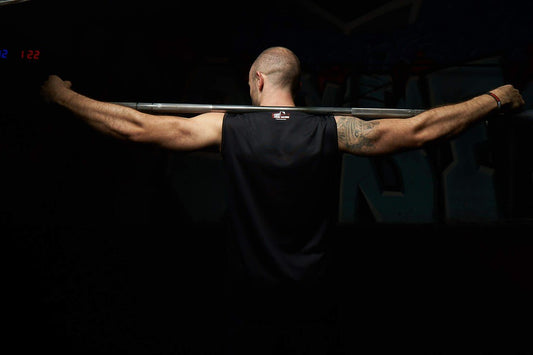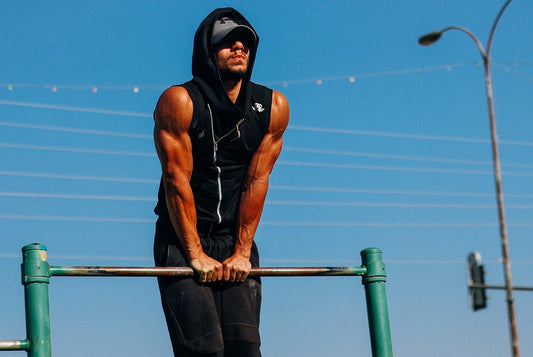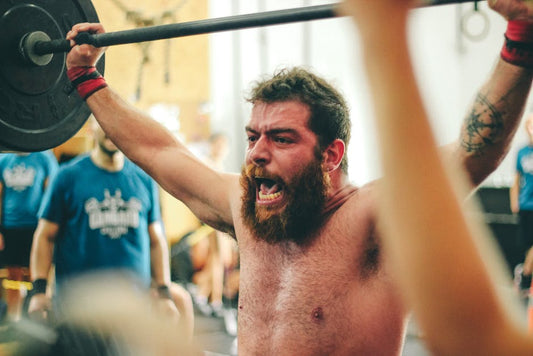CrossFit

Cross Training Workouts: The Importance of Half...
CrossFit can be addictive because of the fun and the results it brings. However, all work with no play can undermine your results in the medium term and the long...
Cross Training Workouts: The Importance of Half...
CrossFit can be addictive because of the fun and the results it brings. However, all work with no play can undermine your results in the medium term and the long...

Moderating Your Cross Training Schedule
Irrespective of your training level, you have a duty as a CrossFit athlete not to over-train your body. While some athletes feel that their day is not complete unless they...
Moderating Your Cross Training Schedule
Irrespective of your training level, you have a duty as a CrossFit athlete not to over-train your body. While some athletes feel that their day is not complete unless they...

How Cross Training Workouts in Your 20s is Diff...
The twenties is a very active age brackets and many people get lots of certifications in physical fitness. However, as you move into your thirties and forties, the energy level...
How Cross Training Workouts in Your 20s is Diff...
The twenties is a very active age brackets and many people get lots of certifications in physical fitness. However, as you move into your thirties and forties, the energy level...

Cross Training Diet: What to Eat to Pack on Size
Many athletes in the CrossFit gym acknowledge that adding mass is synonymous with moving the weight a lot easier. Furthermore, people who have packed on size look stronger. Resistance training...
Cross Training Diet: What to Eat to Pack on Size
Many athletes in the CrossFit gym acknowledge that adding mass is synonymous with moving the weight a lot easier. Furthermore, people who have packed on size look stronger. Resistance training...

Different Types of Push-Ups You Can Do in the C...
In most elementary CrossFit gym classes, physical fitness is equated with strength challenges such as pull-ups and push-ups. As a matter of fact, push-ups have been one of the standards...
Different Types of Push-Ups You Can Do in the C...
In most elementary CrossFit gym classes, physical fitness is equated with strength challenges such as pull-ups and push-ups. As a matter of fact, push-ups have been one of the standards...

What You Should Know When Picking Weights in Cr...
It is understandable that walking into a CrossFit gym full of muscular fitness fantastic may intimidate you. The mere thought of tossing around huge weights which in CrossFit is part...
What You Should Know When Picking Weights in Cr...
It is understandable that walking into a CrossFit gym full of muscular fitness fantastic may intimidate you. The mere thought of tossing around huge weights which in CrossFit is part...

